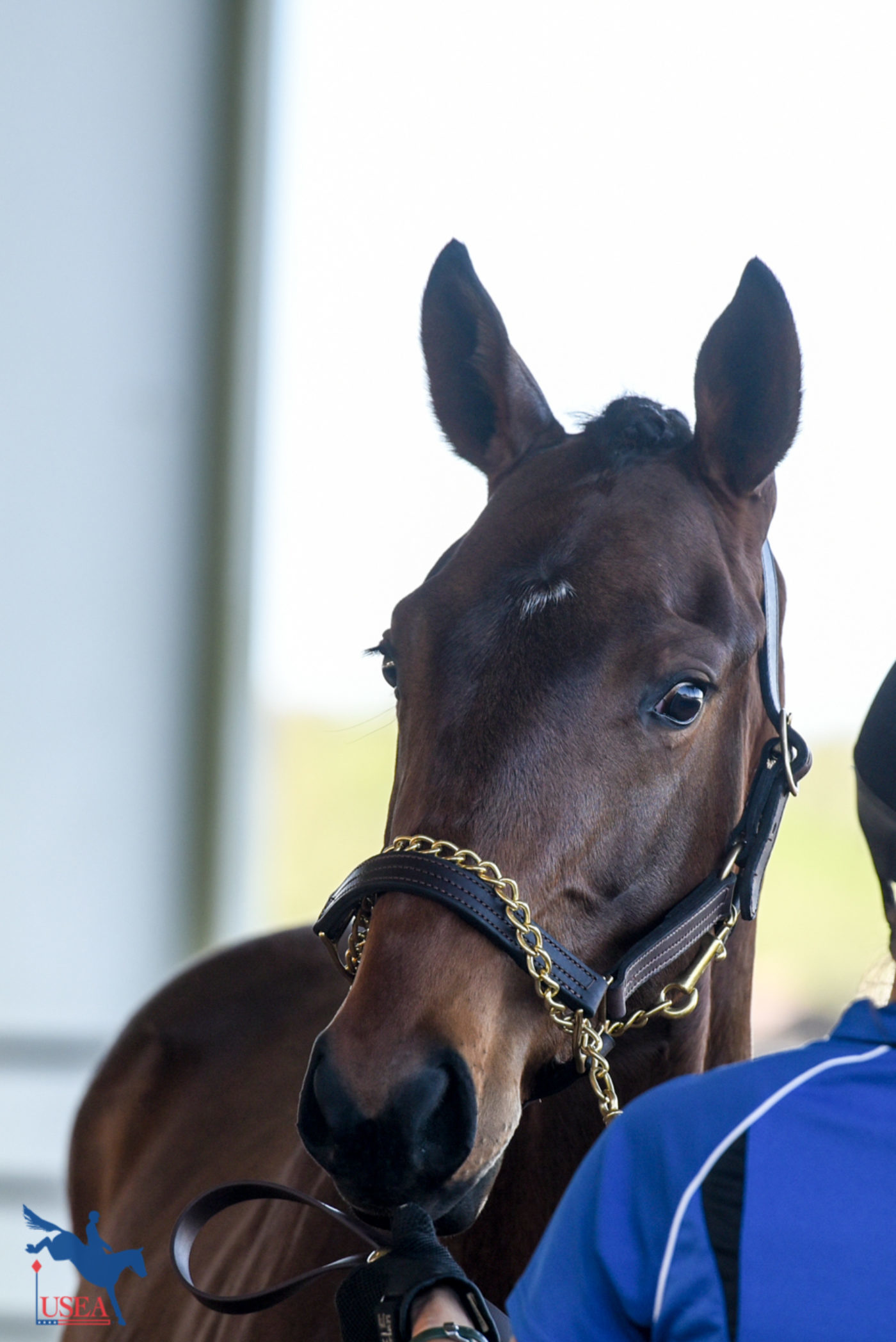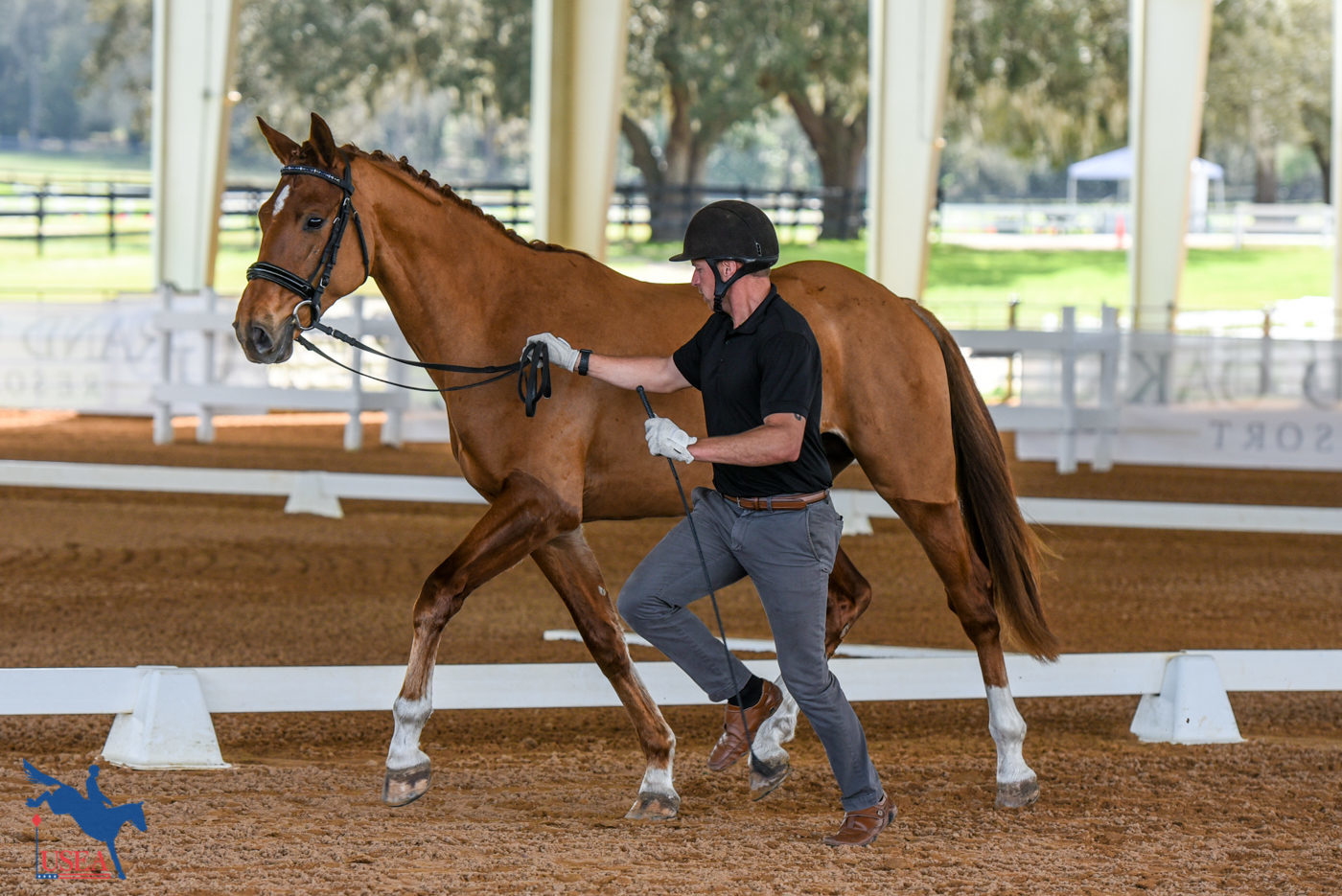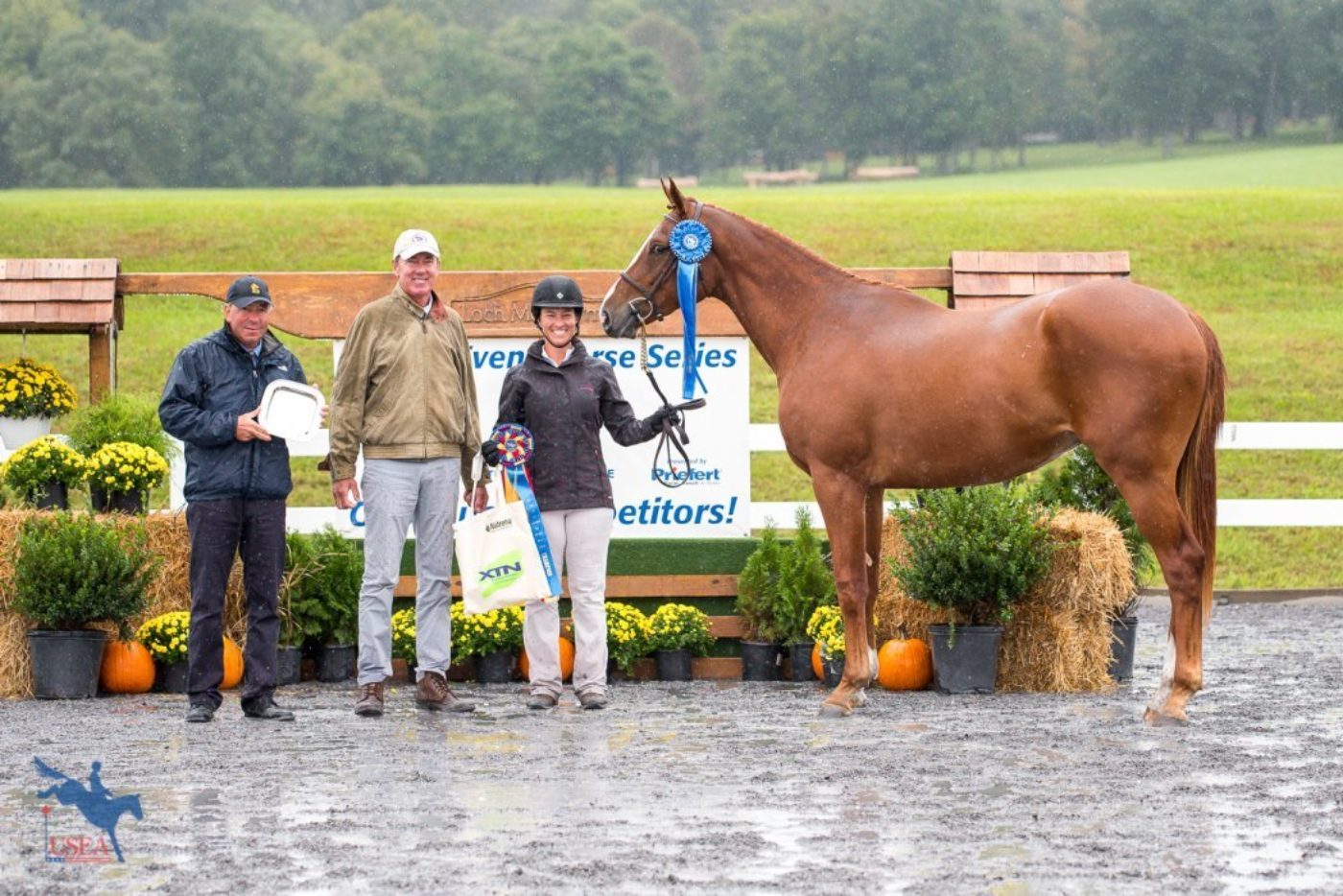Judging the Future with Peter Gray

“Like puppies” Peter Gray described yearlings, one of the most challenging age groups to judge in the Future Event Horse (FEH) program. Peter Gray, a highly respected eventing judge, is also a passionate supporter of USEA’s FEH program. Gray is a USEF ‘R’ Eventing Judge, a certified USEA YEH and FEH judge, and worked alongside Robin Walker in 2018 as a FEH Championship judge. Gray has also competed in three Olympic Games, Badminton, Burghley, and two World Equestrian Games, so it’s safe to say he knows what to look for in an event horse.
“[Yearlings are] like puppies, they all have an appeal factor, but conformation irregularities are more difficult to assess,” explained Gray. Similar to any other baby animal, yearlings are always growing, which was a topic of discussion at the 2019 FEH Symposium. One of the featured clinicians for the symposium, Holly Simensen, explained, “A foal may be nicely put together but by the time they are yearlings they are going through the uglies.” Chair of the FEH committee Robin Walker added, “As judges of FEH, you’re looking for a balanced horse and that’s why yearlings can be so hard to judge.”
Whether it’s a yearling or a 6-year-old horse, one conformation trait that alludes to upper-level potential is “a very prominent wither,” said Gray. “These can sometimes not be fully developed until [they are] 5- or 6-years-old which would, therefore, be missed when evaluating a 3-year-old.”

For everyone - judges, riders, handlers, owners, breeders, spectators - there is always something that the eye is naturally drawn to in a horse. For Gray, his experienced eye first notices a horse’s balance and athleticism as well as the horse’s demeanor. “My first impression is formed from the balance and athleticism shown in movement. This will affect the ability of this future star to excel in all three phases. Secondly, I assess the demeanor of the animal. I am attracted to horses with a kind eye and ability to react in a calm way to surrounding activities.”
At a FEH qualifier competition, yearlings, 2-year-olds, and 3-year-olds are presented in-hand for conformation, then asked to walk a 15-meter triangle followed by trotting a 30-meter triangle. After trotting in-hand, the horses return to the presentation area for a final review. The 4-year-olds are judged under saddle at the walk, trot, and canter, and then stripped of their tack to be judged in-hand on conformation.
Judges like Gray might not have the opportunity to assess a horse’s balance, athleticism, or demeanor if the horse is poorly or improperly presented. Referring back to the 2019 FEH Symposium, Simensen gave several tips on how to best present a young horse by stating that one must “always round the corner of the triangles. Use as much space as possible and don’t slow down around the corners. Get your horse’s head down in order to relax the back.”

The experience gained from a FEH competition goes far beyond a ribbon and praise. “The experience gained from these outings starts to mold the training for potential event horses. Getting young horses familiar with the ordeal of transport, familiarization of the show grounds, and an introduction to encountering other horses away from home, gives them a head start to deliver a competitive performance when entering their first under saddle competition,” said Gray.
A firm believer of building the base for three-day eventing in the U.S., Gray explained, “I have been so impressed with the effort that breeders and owners of young horses make to support the FEH competitions.” With over 35 competitions on the 2019 FEH calendar including an East, West, and Central Championships, 2019 is the year to experience eventing through a FEH competition!

About the USEA Future Event Horse Program
The USEA introduced the Future Event Horse Program in 2007 in response to the popularity of the already established USEA Young Event Horse Program. Where the YEH program assesses 4- and 5-year-old prospective event horses based on their performance, the FEH program evaluates yearlings, 2-year-olds, 3-year-olds, and 4-year-olds for their potential for the sport based on conformation and type. Yearlings, 2-year-olds, and 3-year-olds are presented in-hand while 4-year-olds are presented under saddle at the walk, trot, and canter before being stripped of their tack and evaluated on their conformation. Divisions are separated by year and gender. At the Championships, 3-year-olds and 4-year-olds are also required to demonstrate their potential over fences in an additional free-jump division. Click here to learn more about the Future Event Horse Program.
The USEA would like to thank SmartPak, Standlee Hay Company, and C4 Belts for sponsoring the Future Event Horse Program.














